|
In
the late 1960s, the Mexican-American civil rights movement flourished
throughout the United States, in 1967 making its presence known in
Washington’s Yakima Valley. A dramatic shift occurred in the Chicana/o
and Latina/o community in Eastern Washington as a previously silent
population raised its voice to advocate labor rights and social equity.
When Yakima-area students recruited by the University of Washington made
their way to Seattle, they brought the energy to initiate the Chicano
student movement. The dualistic geography was reflected in the
movement's activities, uniting the farm workers' struggle in Eastern
Washington with campaigns targeting community and educational objectives
in Western Washington. Chicano youth, particularly students at the
University of Washington and at campuses throughout the state, generated
much of this activism. Students formed local chapters of the United
Mexican American Students, the Brown Berets, and Movimiento Estudiantil
Chicano de Aztlan (MEChA), among other organizations. They spearheaded
the formation of organizations, committees, programs, and activities,
both on and off-campus, including the United Farm Workers Cooperative
and the United Farm Workers grape boycott, El Centro de La Raza,
community health centers, and the Chicano Education Opportunity Program
(EOP) and Chicano Studies center at the University of Washington.
Genesis
of a Movement
The
activity in Washington state mirrored that of the larger movement
nationwide as it sought to, in scholar Jorge Mariscal’s words, reject
“dominant versions of U.S. history, and began an arduous journey
toward self-determination and self-definition" (Mariscal).
What
distinguished the activity in Washington from that at the national level
is in how in Washington, organizational activity up until the mid-1960s
had been rather non-existent. The formation of many of the well-known
community institutions now in existence developed as the Chicano or
Mexican American community grew from 2.04 percent of the total
Washington population in 1970 (1970 U.S. Census) to 5.3 percent by the
year 2000 (2000 U.S. Census), to an estimated 8.8 percent in 2005.
Though still small in comparison to urban centers of the Southwest, the
Seattle area and Puget Sound region has now surpassed the Yakima Valley
as the center of Chicano and Latino life in Washington State. This in
part reflects the growth of the Hispanic population in Puget Sound
counties (in 2005 the King County population was 6.7 percent Hispanic
and the Pierce County population was 6.8 percent Hispanic).
United
Farm Workers Cooperative
The
Yakima Valley began organizing in 1966. Inspired by the United Farm
Workers Organizing Committee’s (UFWOC) grape boycott, two students
from Yakima Valley College, Guadalupe Gamboa and Tomas Villanueva, two
friends who were both sons of Yakima Valley farm worker families,
traveled down to Delano, California, and met with UFWOC leader Cesar
Chavez (1927-1993). Upon returning, Gamboa and Villanueva co-founded the
United Farm Worker’s Cooperative (UFWC) in Toppenish, Washington.
The
United Farm Worker's Cooperative in Toppenish is credited as being the
first activist Chicano organization in the state of Washington. Founded
amid several War on Poverty efforts in the Valley, Tomas Villanueva
recalled that the UFWC was "completely non-governmental."
"I convinced people to give $5 into their shares and I got very
successful. I got enough that would build a little store. It was very
small to start with and we started running a sort of service defending
people when growers did not pay their wages or when people got injured.
We got people to get food stamps and those things. Then we found a
bigger building for the co-op” (Villanueva).
ACLU
Summer Project 1968
In
the summer of 1968, the United Farm Worker's Cooperative solicited the
assistance of the Washington American Civil Liberties Union (ACLU) in a
project that provided legal aid to people of farm working background.
The report that emerged from the project underlined the conditions
present in the Valley that forced Chicanos into a state of political and
economic subjugation.
According
to the report written by Charles E. Ehlert of the Washington ACLU:
“A
United States Department of Agriculture study ranked the economic status
of the rural population of Yakima County among the lowest two-fifths of
rural populations of all counties in the United States, taking into
account a composite of factors, including dependency rates, amount of
income, length of schooling and condition of housing. Yakima farm
workers suffer from low wages, lack of job security, poor health, high
mortality and injury rates, inadequate nutrition, education and housing,
discriminatory exclusion from the benefits of social welfare legislation
enjoyed by others and a lack of political power”(Ehlert).
At
this time, the situation for farm workers in the Valley was dire as
Yakima County reported 39 percent of the population living below the
poverty level. Institutional neglect coupled with discrimination kept
Chicanos locked in a cycle of poverty. It was under these circumstances
that the UFW Coop brought in the ACLU, in Ehlert’s words, because,
“farm workers [were] not able to obtain justice and decent lives for
themselves and their children through the normal political process” (Ehlert).
As
a result of various lawsuits filed through the ACLU, Yakima County was
forced to take measures to ensure that Chicanos were afforded equal
voting rights through removal of the English literacy requirement, as
well as afforded other considerations given to all people under the law
that had previously been out of reach of this community.
Yakima
Valley Activism
In
1970 the United Farm Workers' Cooperative organized workers during a
series of wildcat (not union-supported) strikes in the hop fields of
Yakima County. However, the organization did not receive official
recognition until the mid 1980s, when it became the United Farm Workers
of Washington State.
In
addition to the UFW Co-op, there were other forms of activism in the
Yakima Valley. The Cursillo Movement was organized through the Catholic
Church. Politically moderate, its purpose was to engage people in social
action and encourage participation in church life.
Another
group formed in 1967, the Mexican American Federation (MAF), pointed
toward a new direction in Mexican American community organizing. In
previous decades, most associations were social and cultural in nature.
The Mexican American Federation was one of the first groups to advocate
for community development and political empowerment in the Yakima
Valley.
Grape
Boycott at UW
In
1968 the Black Student Union at the University of Washington began
recruiting Chicano students from the Yakima Valley. Few as they were,
these students were inspired by much of the activism on college
campuses. They already possessed an understanding of the plight of farm
workers as well as of the perceived repressive, race-prejudiced system
of power. Soon after setting foot on the UW Campus, 35 Chicano students,
led by Jose Correa, Antonio Salazar, Eron Maltos, Jesus Lemos, Erasmo
Gamboa, and Eloy Apodaca, among many others, formed the first chapter in
the Northwest of the United Mexican American Students (UMAS). Modeled
after the group that was founded at the University of Southern
California in 1967, the UW UMAS worked to establish a Mexican-American
Studies class through the College of Arts & Sciences.
United
Mexican American Students also engaged in a campaign to halt the sale of
non-union table grapes at the University of Washington. Working
alongside other activist organizations such as the Black Student Union,
Students for a Democratic Society (SDS), and members of the Associated
Students of the University of Washington’s Board of Control, and the
Young Socialist Alliance, the group first petitioned the dormitories to
stop selling grapes in their eating facilities, and quickly secured an
agreement.
But
efforts to persuade the Husky Union Building to cooperate proved more
difficult. Nevertheless, on February 17, 1969, the UW Grape Boycott
Committee was victorious as the HUB officially halted the sale of
grapes. The victory made the University of Washington the first campus
in the United States to remove grapes entirely from its eating
facilities. At the national level, the grape boycott organized by the
United Farm Workers Organizing Committee achieved success in 1970 when
the union won a contract.
Student
Activism in Eastern Washington
In
addition to the grape boycott, United Mexican American Students (UMAS)
also called a conference in Toppenish to generate support for the
creation of Chicano youth groups at the high school and college levels.
With the assistance of UW faculty, UMAS created "La Escuelita"
in Granger in 1969, which in turn led to the creation of the calmecac
project, a program that taught history and culture to Chicano youth in
Eastern Washington.
The
student movement was also spreading to other campuses. Following the
lead of UW UMAS, Chicano students organized at Yakima Valley College to
form a chapter of the Mexican American Student Association (MASA) in
1969. MASA, like UMAS, had its roots in southern California, originating
out of East Los Angeles College. Later in 1969, Chicano students who had
made their way to Washington State University (WSU) in 1967 via the High
School Equivalency Program organized another MASA chapter in Pullman.
Emergence
of M.E.Ch.A
In
the fall of 1969, UW UMAS officially adopted the name MEChA (Movimiento
Estudiantil Chicano de Aztlan). This reflected a shift in consciousness
as well as a generational change as members rejected the term
"Mexican-American" in favor of the label "Chicano."
Over the next two years, Yakima Valley College and Washington State
University would follow suit. Throughout the 1970s, numerous MEChA
chapters emerged in Washington state, including groups in the Columbia
Basin, at Seattle Central Community College, Central Washington
University, A.C. Davis High School in Yakima, and in various other
communities.
In
April 1972, students organized the first statewide MEChA Conference at
Yakima Valley College. The conference resulted in the creation of a
statewide board authorized to facilitate communication between all MEChA
chapters in Washington about activities at the state level. Chicanos
near the Spokane area waited until 1977 to organize at Eastern
Washington University. The Spokane organization affiliated with MEChA in
1978.
According
to Jesus Rodriguez (b. 1945), an activist in several organizations and a
key organizer of the Seattle chapter of the Brown Berets, in the few
years after the organization was established, “MEChA became more
diversified and developed subgroups to deal with specific problems in
health, women’s issues, community concerns, graduate students and so
forth” (Rodriguez). In effect, MEChA became an umbrella organization
that housed such groups as Las Chicanas, the Brown Berets, the National
Chicano Health Organization, and the Chicano Graduate and Professional
Student Association. In fact, many students were involved in multiple
groups at one time, as there was participation across the several
entities presided over by MEChA.
More
Than Political Action
MEChA
was much more than a political action group. Its efforts on behalf of
Chicano students and community members included a multifaceted focus on
social and cultural matters, as well as educational and political
objectives. Cultural organizations and initiatives sponsored or
supported by MEChA had a significant impact throughout the Pacific
Northwest. The cultural promotions of MEChA included Teatro Campesino,
Chicano/Latino graduation, Christmas “posadas,” Cinco de Mayo
celebrations and other social events to meet the needs of students who
were often far removed from their respective communities.
MEChA
students also sponsored lecture and film series, rap sessions, food and
clothing drives, dances featuring acts like Little Joe y La Familia,
Eligio Salinas, and Los Lobos, as well as numerous Latino festivities
and workshops. In addition, MEChA invited national leaders to the
college campuses to talk to students about events taking place in other
parts of the country. Such speakers included Cesar Chavez and Dolores
Huerta of the United Farm Workers of California, Reies Lopez Tijerina of
the Alianza Federal de Mercedes in New Mexico, Rodolfo “Corky”
Gonzalez of the Crusade for Justice in Colorado, Patricia Vasquez of the
Mexican American Legal Defense and Education Fund (MALDEF), and various
other guests ranging from artists and poets to leaders of the La Raza
Unida Party.
Organizing
Without Borders
While
student activism promoted culture and progressive political
consciousness, organizing activity among workers continued both in
Seattle and the Yakima Valley. In the valley the first Farmworker Strike
Committee was formed as a result of the 1970 wildcat strikes in the hop
fields Though unsuccessful, the strikes generated the organizational
structure for future activity that would lead well into the 1980s.
Groups
such as CASA-HGT (Centro de Accion Social Autonoma-Hermandad General de
Trabajadores or Center for Autonomous Social Action-General Brotherhood
of Workers) in Seattle attempted to unite workers regardless of
documented status. The leftist orientation of the organization,
originally from southern California, was a key determinant in the way it
attempted to address the question of immigrant worker rights in the late
1970s as renewed nativist (anti-immigrant) sentiment placed these
workers at risk of exploitation.
In
the Yakima Valley, in Granger, Radio KDNA went on the air in December
1979. Radio KDNA was the first radio station to dedicate its entire
programming to the Spanish-speaking population of Eastern Washington. It
is a non-commercial, education-oriented public radio station. Many
listeners are farm workers in the valley, and the station describes
itself as "La Voz del Campesino." It was a critical
institution for advancing labor rights.
This
was especially important with the formation of the United Farm Workers
of Washington State in 1986. Initially, the organization, based in
Sunnyside, Washington, was an independent union. The group then
affiliated with the AFL-CIO in 1994 and became the regional branch of
the United Farmworkers Union of America. The UFW would secure its first
contract by the mid-1990s and would continue much of its work in
agitating for workers, many of whom were recent immigrants.
The
Present Day
Almost
four decades after it began, the Chicano Movement still has a visible
impact. As a result of activism at the grassroots level on the part of
various communities of color, there has been a fundamental change in how
people talk about race, which is a lasting effect of the broader civil
rights movement. The most visible results of the Chicano Movement are
still primarily within academia, with the establishment of numerous
student centers at college campuses all over the country that cater to
students of color as well as the establishment of Chicano Studies
Departments, research centers, academic journals, and so on.
At
the local level, the movement gave rise to community institutions,
helping to build a Chicano community where none had existed before.
Alliances with other communities of color were essential to the
movement’s success. The broad alliance for civil rights that emerged
allowed for further progress within the Chicano community at a time when
the local population was miniscule in comparison to the urban Chicano
communities of the Southwest. This collaboration across racial lines was
a unique development in the Northwest within a context that witnessed
population growth alongside activist engagement, and is an integral part
of the legacy of civil rights activism in the region.
What
made it even more noteworthy was the fact that the Northwest had no
significant previous tradition of political mobilization in the Chicana/o
and Latina/o community such as took place in the Southwest. Washington
had neither the political infrastructure (organizations and
institutions) as for example with the Mexican American Movement of the
post-World War II period and the emergence of political organizations
(i.e., American G.I. Forum, and the League of United Latin American
Citizens, among others) as was witnessed in the Southwest. The vast
majority of organizations still active to this day emerged post-1965
after the war on poverty efforts were initiated and the Yakima Valley
and increasingly after the emergence of the Chicano Youth Movement in
Seattle after 1968.
Activist
youth organizations also still operate on many campuses. MEChA declined
during the 1980s, with low numbers at many campuses and many chapters
becoming inactive, but has experienced a revival since the mid 1990s,
partly in response to the massive anti-immigrant backlash in California,
as well as the attacks on affirmative action and other programs
throughout the country.
Locally,
the passing of Initiative 200 in 1998 and the World Trade Organization
demonstrations in November 1999, signaled a critical juncture in the
development of the MEChA chapter at the UW, eventually making its way
across the state. As of late, the resulting activity from the initial
formation of the movement in the 1960s has grown to incorporate many
different concerns. Yet, it is perhaps the question of labor, that is
now once again coming to the fore with a new emergent mobilization for
workers’ rights. This can be seen with the latest incarnation of the
Immigrant Rights Movement which fuses labor, human rights, and cultural
assertion in a way that parallels the initial rumblings of Chicana/o
Activism.
From
Southwest to North
Across
the country, the Latino population is still somewhat limited to the
Southwest. However there have been significant population shifts on the
West Coast. According to the U.S. Census, Latinos now comprise the
largest ethnic minority group in both Washington (8.8 percent Latino as
of 2005) and Oregon (9.9 percent as of 2005). In Washington the Latino
population more than doubled from 1990 to 2000 and the growth continues.
Certain counties such as Adams County (50.9 percent Latino in 2006) and
Franklin County (57 percent Latino in 2006) have a majority of Latinos.
The
increasing urbanization of the Latino community in the Pacific Northwest
and migration northward from traditional populations of the Southwest
suggest future trends in demographic shifts on the West Coast. This is
especially true as the conceptualization of El Norte continually
evolves to include the regions north of the California-Oregon state
border.
With
the strengthening of social networks and with the growth of various
Latina/o diasporic communities, activism in its various forms will
continue to have its effect.
Sources:
Walt Crowley, Rites of Passage: A Memoir of the Sixties in Seattle (Seattle,
WA, University of Washington Press, 1995); Carlos Munoz, Youth,
Identity, Power: The Chicano Movement (New York: Verso, 1989),
Jesus Lemos. “A History of the Chicano Political Involvement and the
Organizational Efforts of the United Farm Workers Union in the Yakima
Valley, Washington” Master’s Thesis, University of Washington,
1974), Charles E. Ehlert, “Report of the Yakima Valley Project"
(Seattle: American Civil Liberties Union, 1969), Gilberto Garcia,
“Organizational Activity and Political Empowerment: Chicano Politics
in the Pacific Northwest,” in The Chicano experience in the
Northwest (Dubuque, IA.: Kendall/Hunt Publishing. Co, 1995),
Ernesto Chavez, “Mi Raza Primero! Nationalism, Identity and
Insurgency in the Chicano Movement” (Berkeley: UC Press, 2002),
Jorge Mariscal, Brown Eyed Children of the Sun: Lessons from the
Chicano Movement, 1965-1975 (Albuquerque: University of New Mexico
Press, 2005), Rogelio Riojas Interview 19 January 2006, and Jesus
Rodriguez Interview 3 March 2006, and Jeremy Simer, “La Raza Comes
To Campus: the new Chicano contingent and the grape boycott at the
University of Washington, 1968-69.” Seattle Civil Rights & Labor
History Project 2004-2006 website accessed October 9, 2007 (http://depts.washington.edu/civilr/la_raza2.htm);
Jesus Rodriguez, MEChA Newsletter University of Washington,
1981, and “La Historia de MEChA” Internal Document for MEChA
Executive Board, 1987, Jesus Rodriguez Papers, MEChA de UW
Archives; Radio KDNA website (http://www.radiokdna.org/); HistoryLink.org
Online Encyclopedia of Washington State History “Chicano
activists occupy abandoned school that becomes El Centro on October
11, 1972.”(by David Wilma); John Greely, “Hub Board Recommends
Stoppage of Grape Sales,” University of Washington Daily,
February 6, 1969; U.S. Census (1970), U.S. Census (2000); U.S.
Census Bureau, State QuickFacts, Washington (2005) (http://quickfacts.census.gov/qfd/states/53000.html).
By
Oscar Rosales Castaneda, October 21, 2007
Sent by Roberto Calderon, Ph.D. beto@unt.edu
|



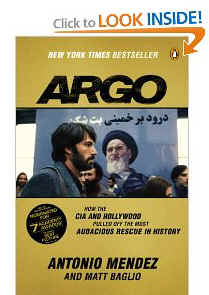 The
true, declassified account of CIA operative Tony Mendez's daring
rescue of American hostages from Iran that inspired the
critically-acclaimed film directed by and starring Ben Affleck, and
co-starring John Goodman, Alan Arkin, and Bryan Cranston.
The
true, declassified account of CIA operative Tony Mendez's daring
rescue of American hostages from Iran that inspired the
critically-acclaimed film directed by and starring Ben Affleck, and
co-starring John Goodman, Alan Arkin, and Bryan Cranston.

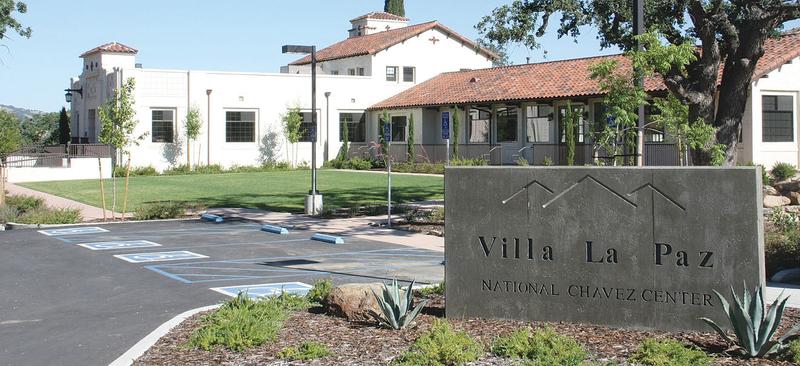

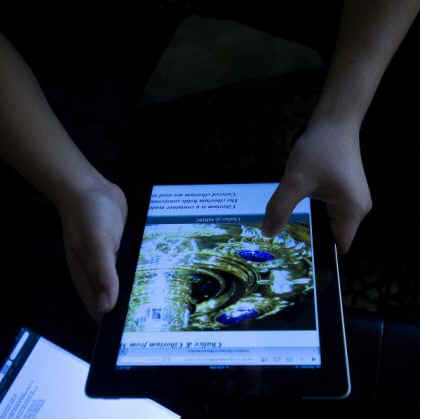 A.
I had always had inspiration for a project that could benefit my
church
A.
I had always had inspiration for a project that could benefit my
church 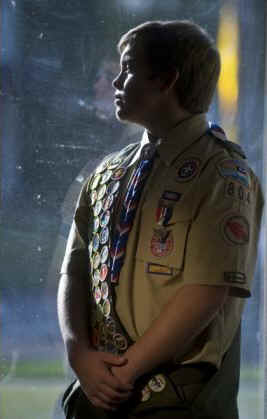 Q.
What lessons did you learn?
Q.
What lessons did you learn?

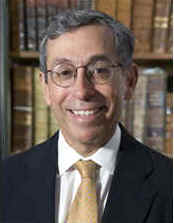

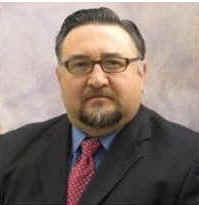
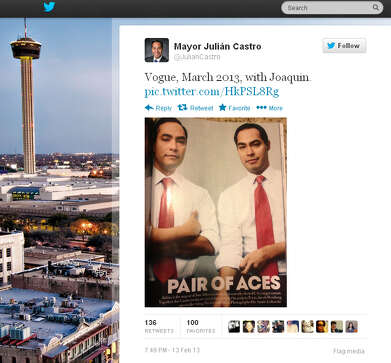
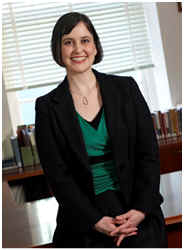
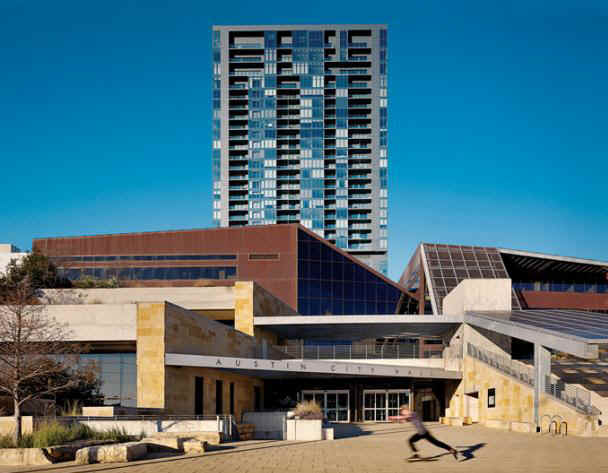


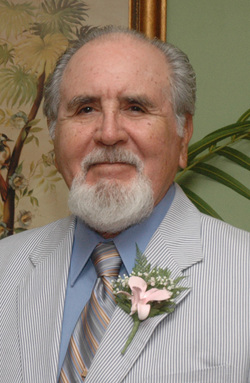
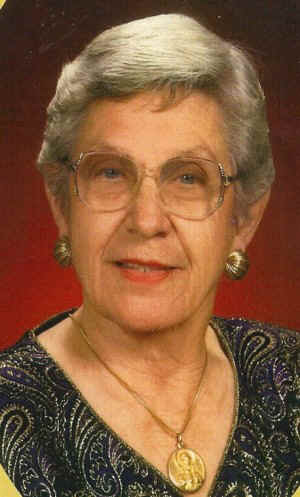
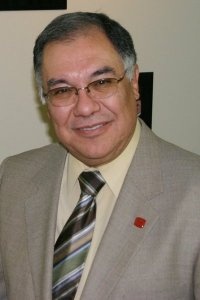

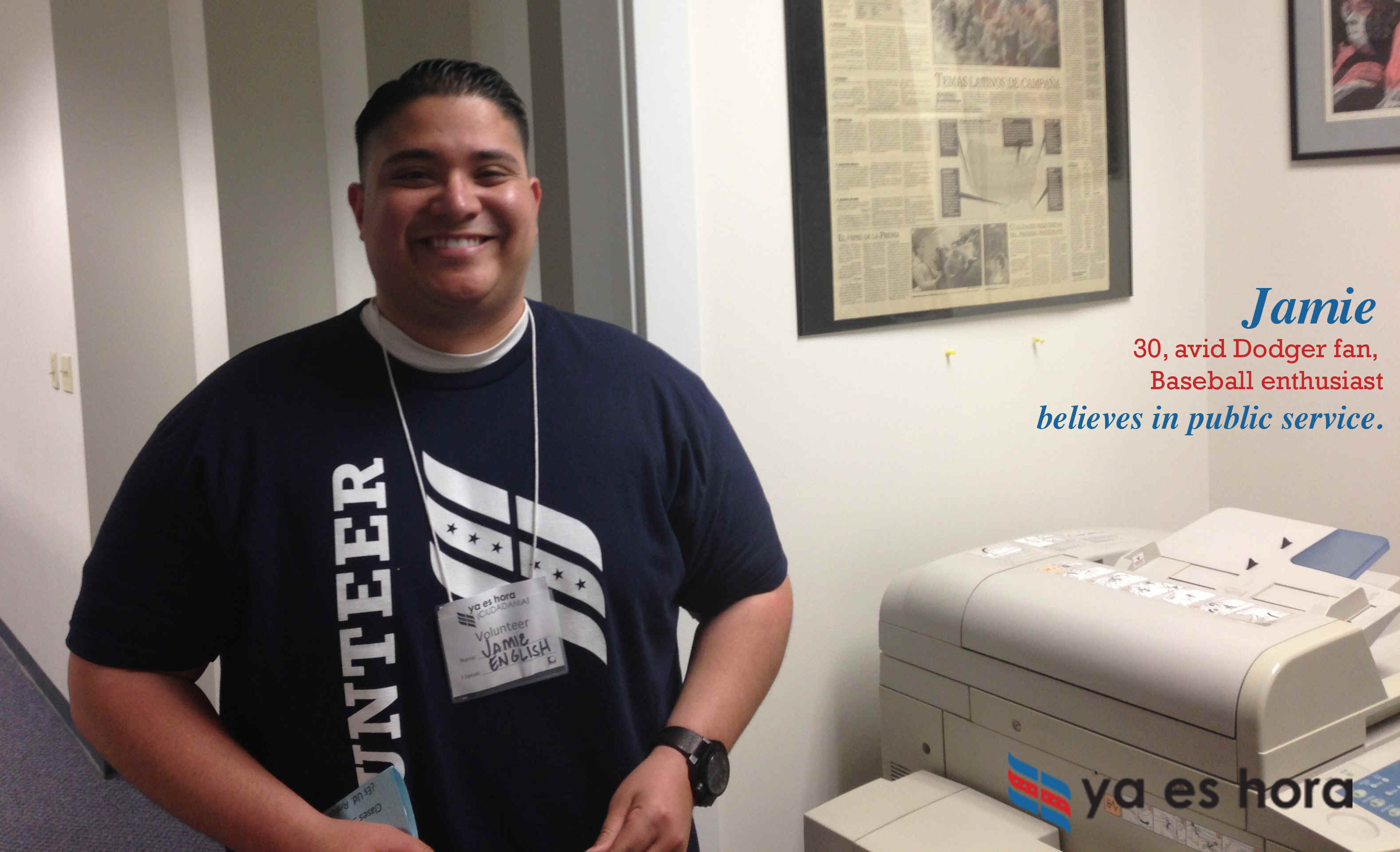






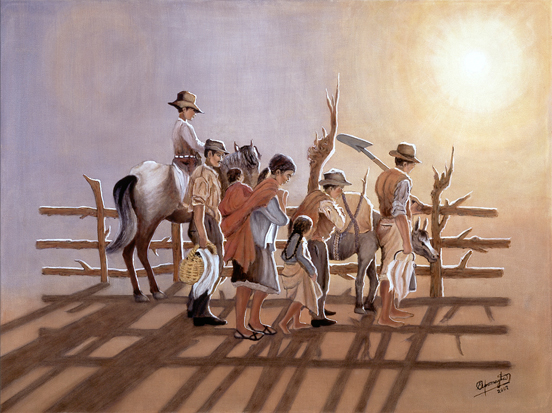


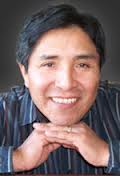




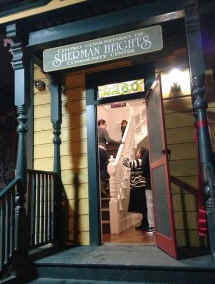
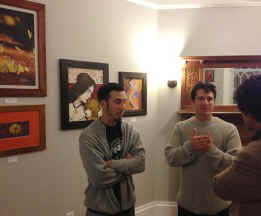
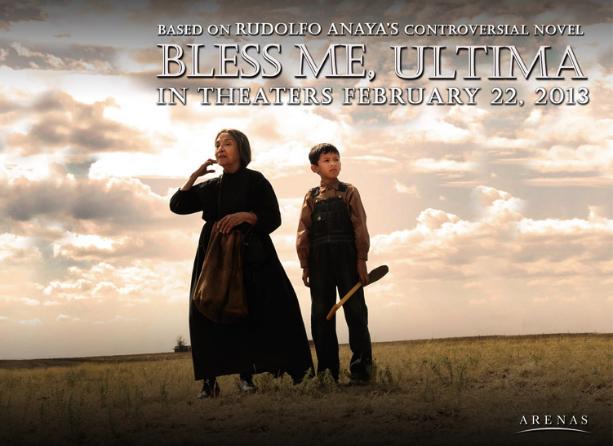
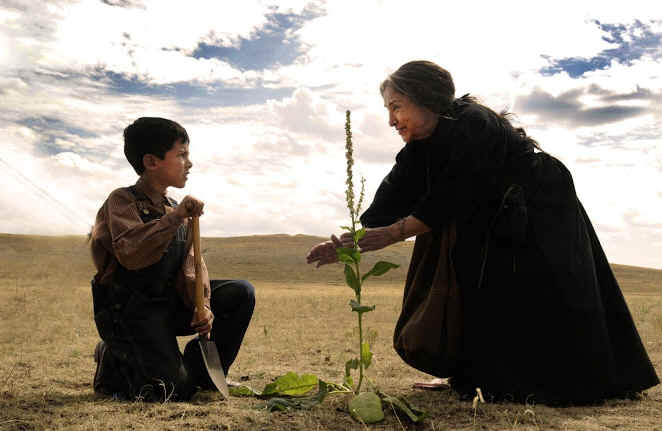 This
is the only movie of which I’m aware that shows a female
shaman guiding a young male in his perceptions. That alone
sets it apart. The Tao Te Ching says, "A shaman has
mastered Nature; not in the sense of conquering it, but of
becoming it." Her gentleness,
This
is the only movie of which I’m aware that shows a female
shaman guiding a young male in his perceptions. That alone
sets it apart. The Tao Te Ching says, "A shaman has
mastered Nature; not in the sense of conquering it, but of
becoming it." Her gentleness, 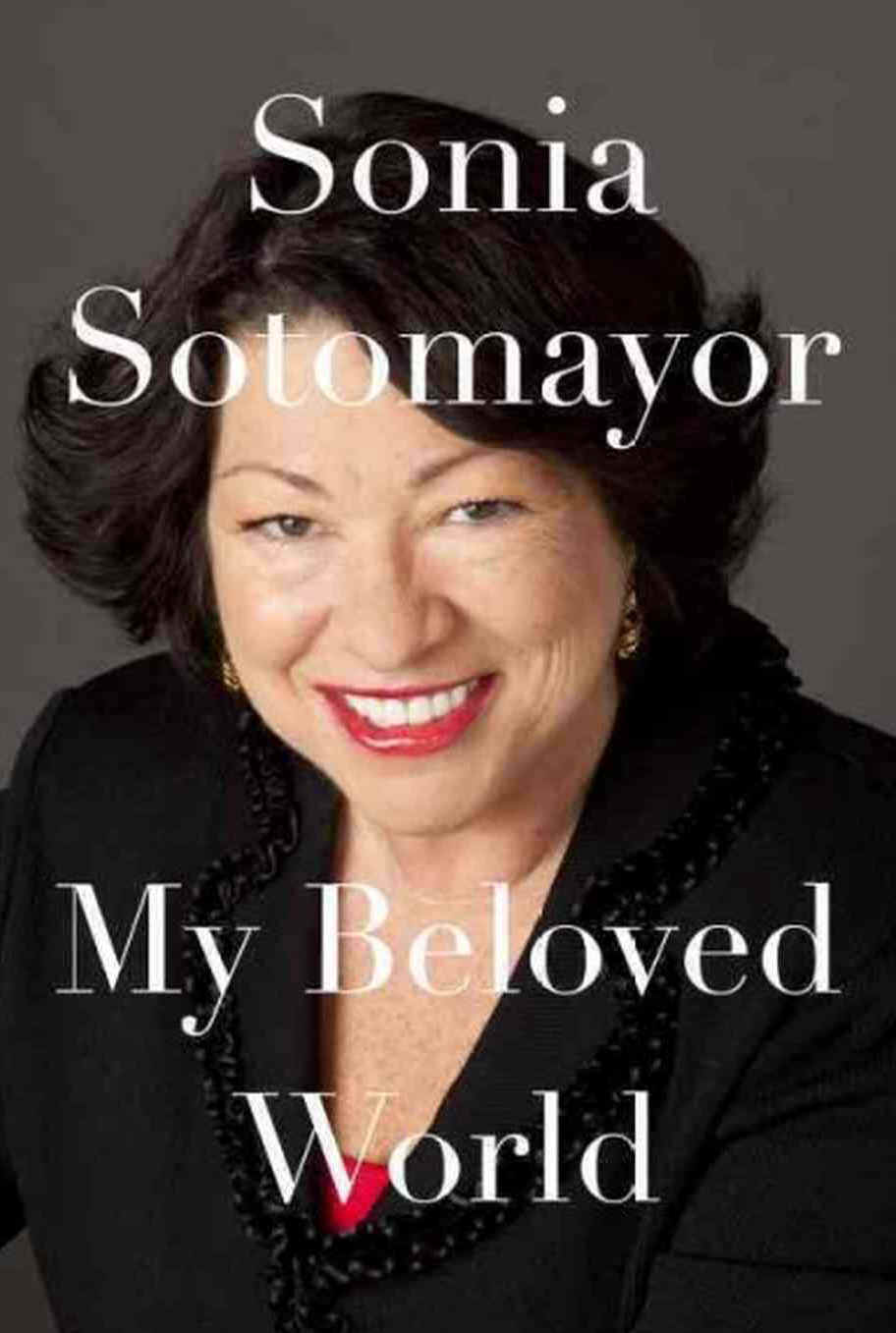
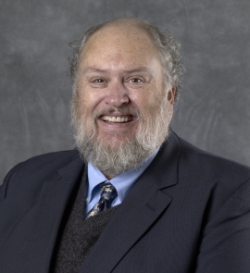
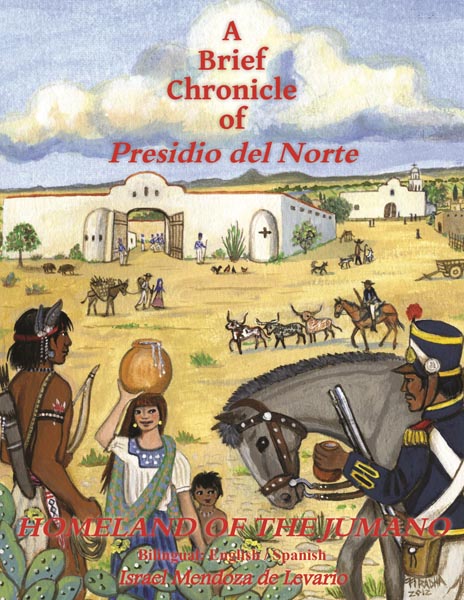
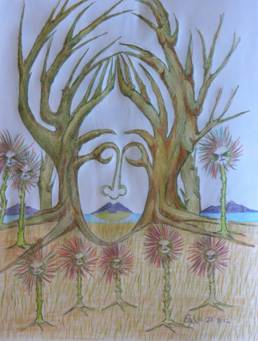
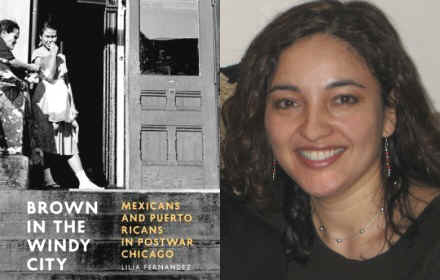
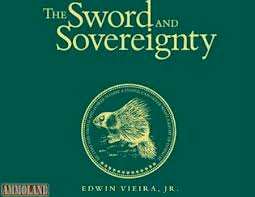
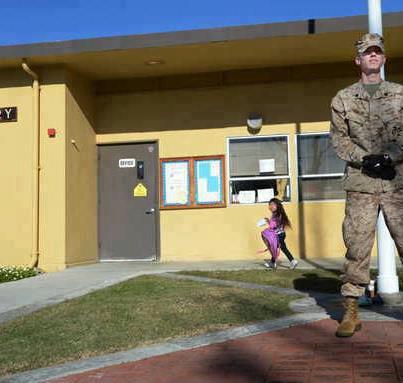
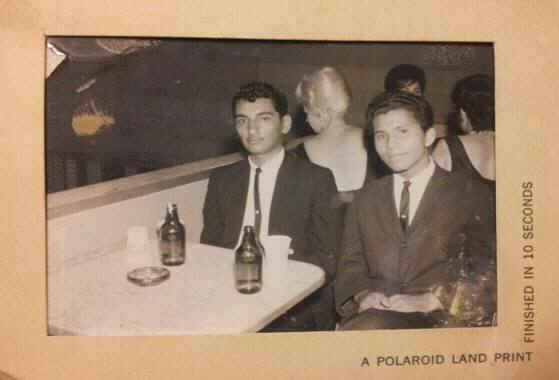


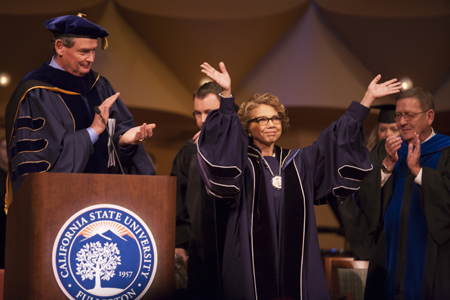
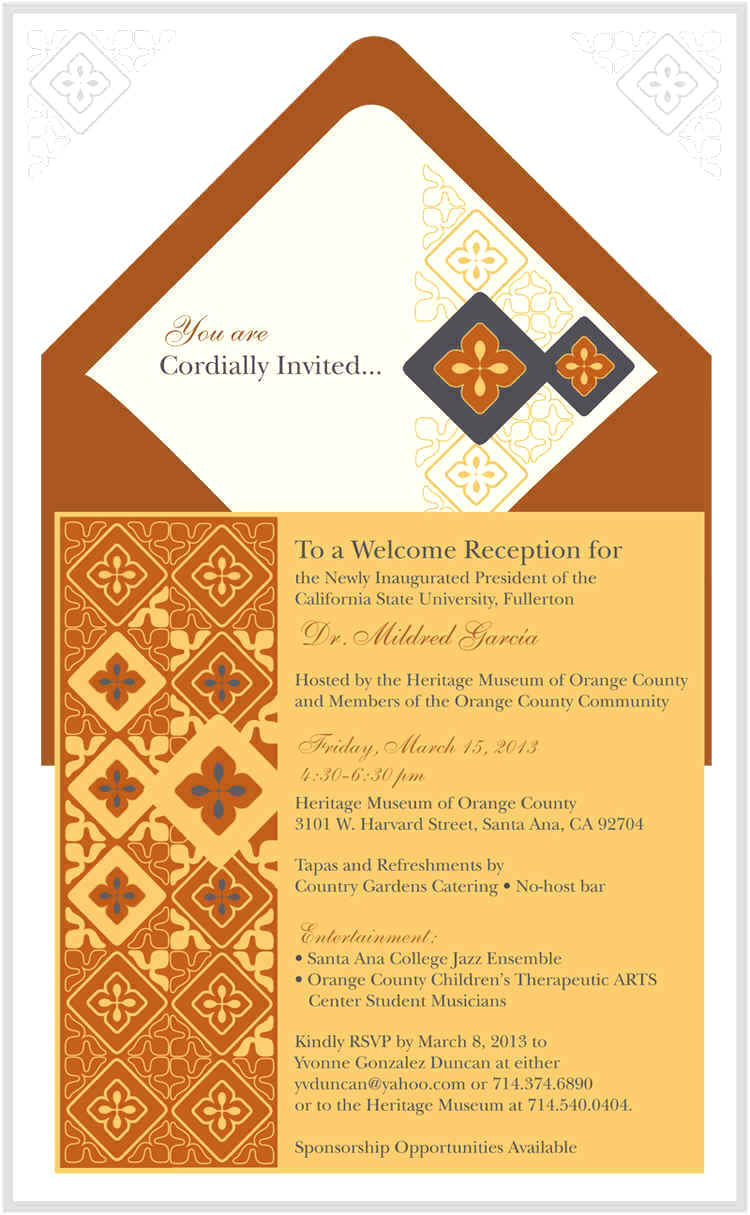


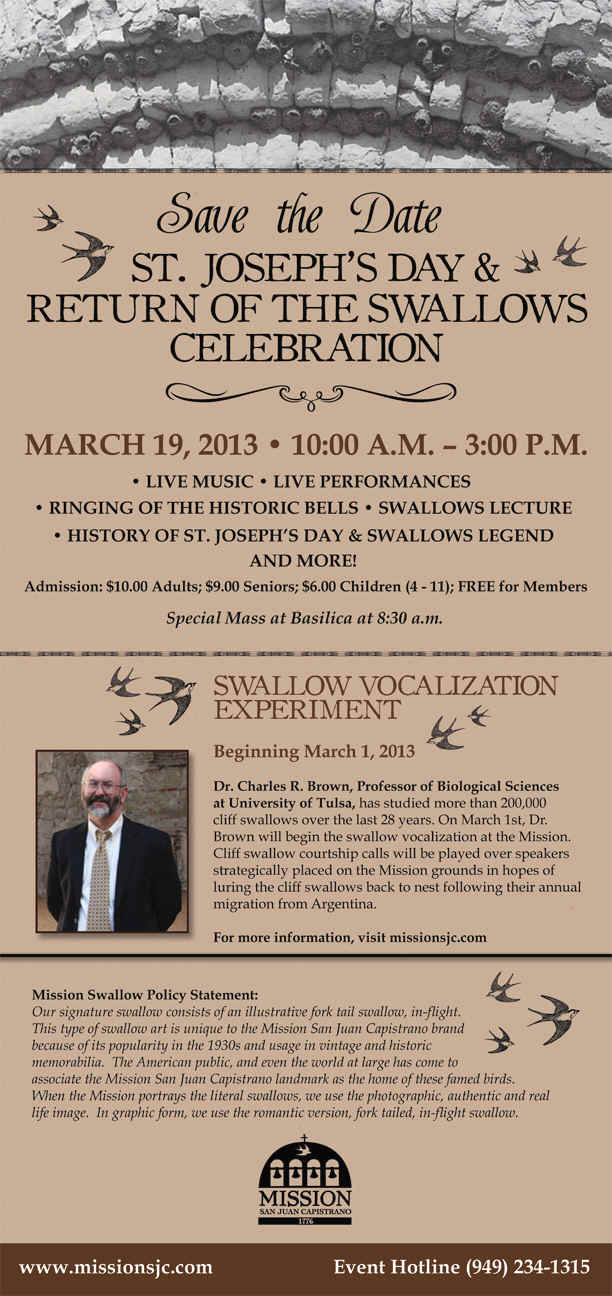

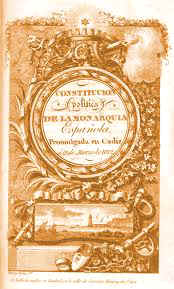 democratic Constitution, established in Cadiz on the 19th of
March, 1812, the day of Saint Joseph (Pepe), while much of Spain
was still occupied by Napoleon.
democratic Constitution, established in Cadiz on the 19th of
March, 1812, the day of Saint Joseph (Pepe), while much of Spain
was still occupied by Napoleon. In
his new documentary ‘Who Is Dayani Cristal?’ the Mexican actor
illustrates the tragic toll of the trek to the U.S., those left behind,
and the people who struggle to get them home.
In
his new documentary ‘Who Is Dayani Cristal?’ the Mexican actor
illustrates the tragic toll of the trek to the U.S., those left behind,
and the people who struggle to get them home.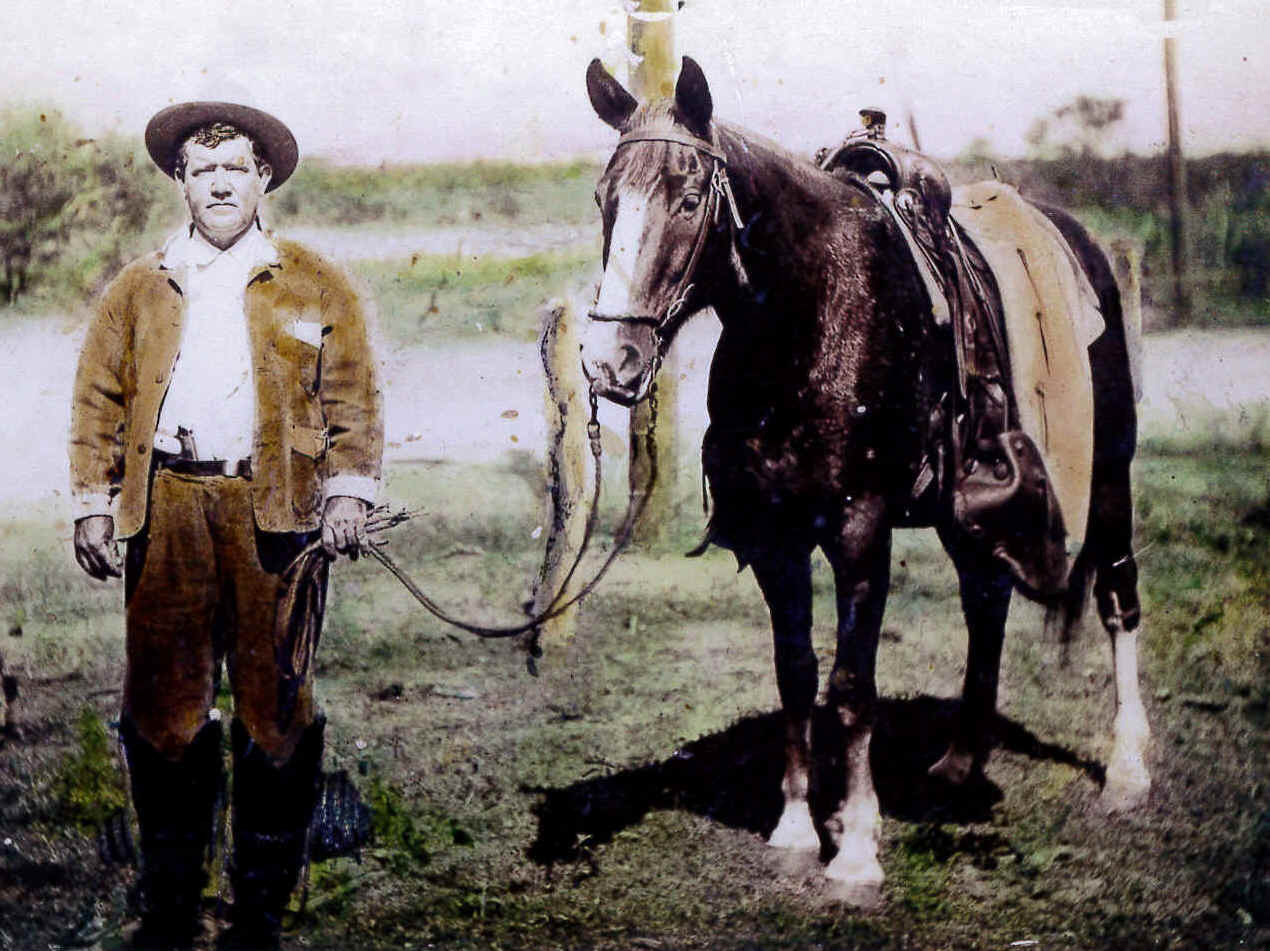
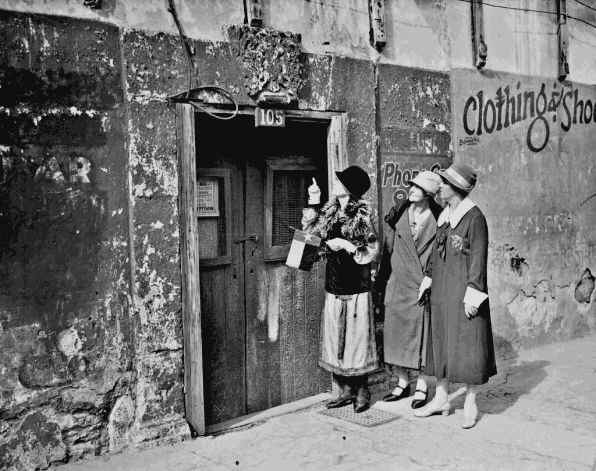
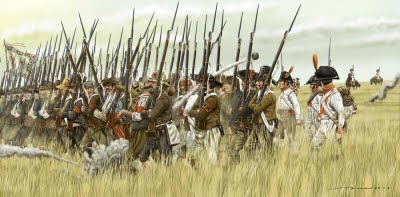

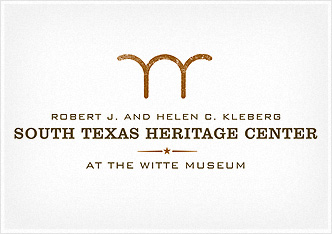 Witte Museum
Witte Museum 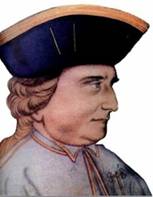
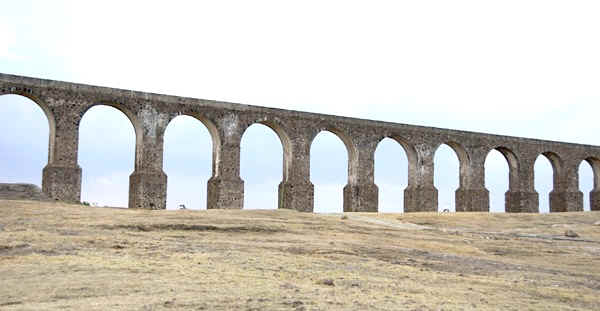
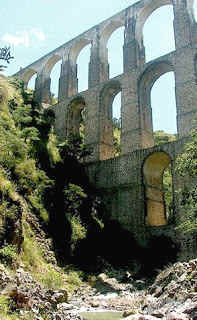
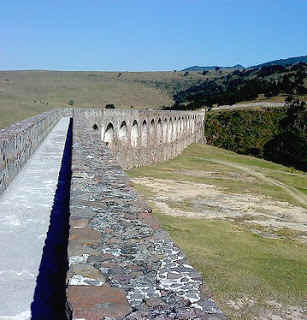
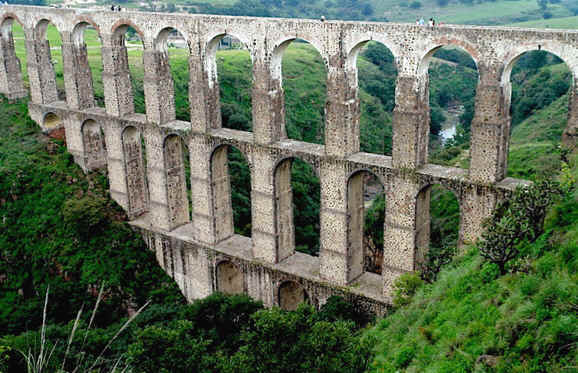
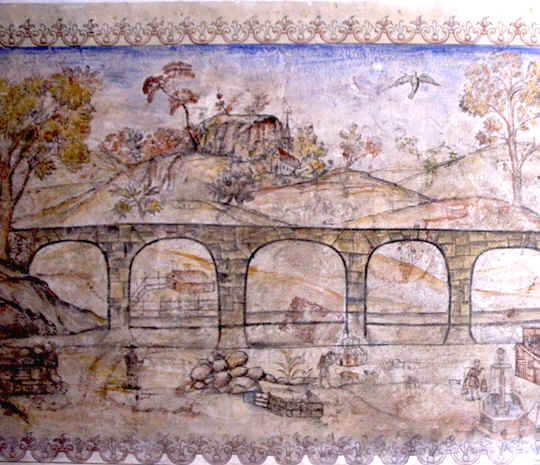
 A Navy archaeologist and his crew are digging out a cave on San
Nicolas Island that seems likely to have sheltered the woman made
famous by the 1960 award-winning book.
A Navy archaeologist and his crew are digging out a cave on San
Nicolas Island that seems likely to have sheltered the woman made
famous by the 1960 award-winning book.
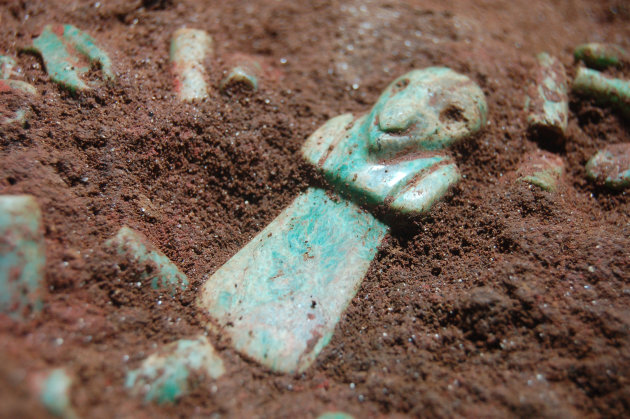
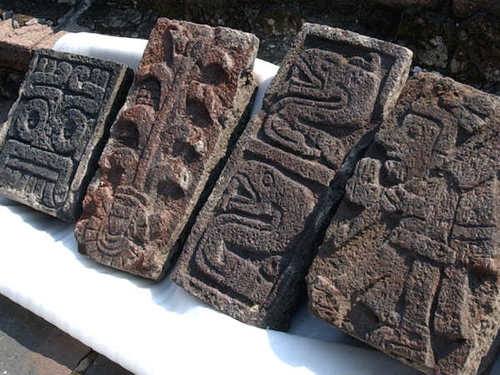
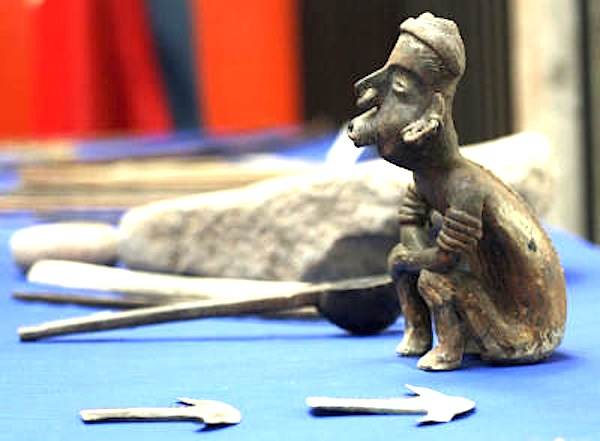 EL
PASO, Texas
EL
PASO, Texas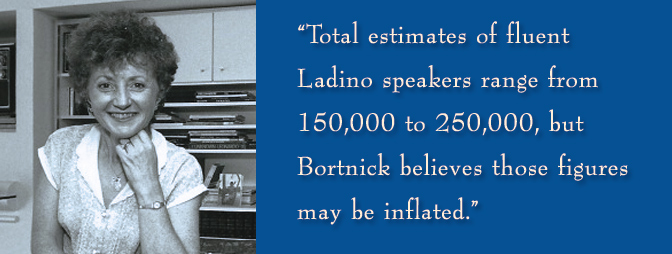
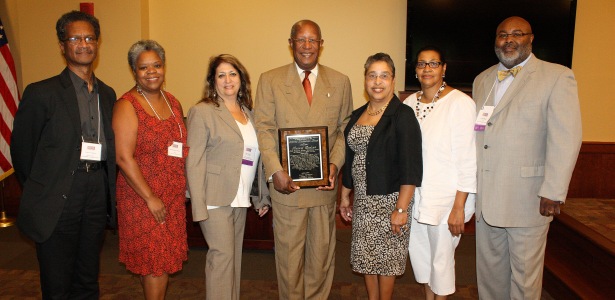

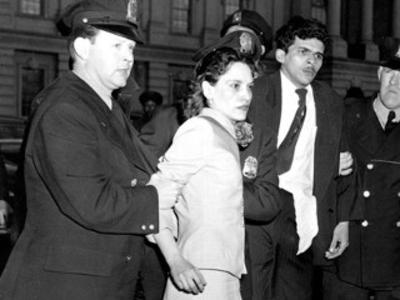


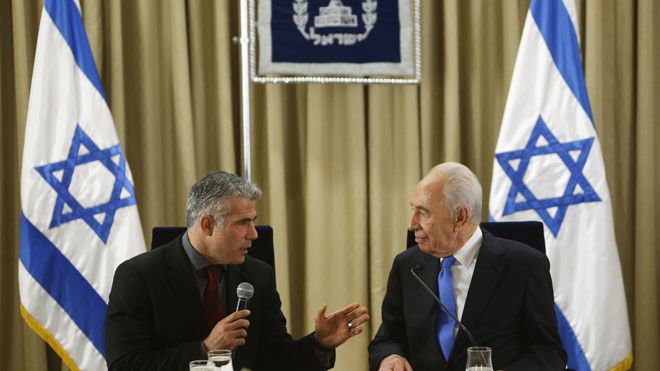
As a young Protocol Officer at Kelly Air Force Base, I had the honor of giving a base tour to Roy Benavidez. I had no idea who he was at the time, but he gave me a copy of his book and some autographed pictures. After reading the book, I was overwhelmed with emotion. He was such a good sport that a lowly Lt. was the guy giving him the base tour. We had a blast. As if by fate, I was again in San Antonio when I looked at a newspaper headline announcing his death. A true American hero...